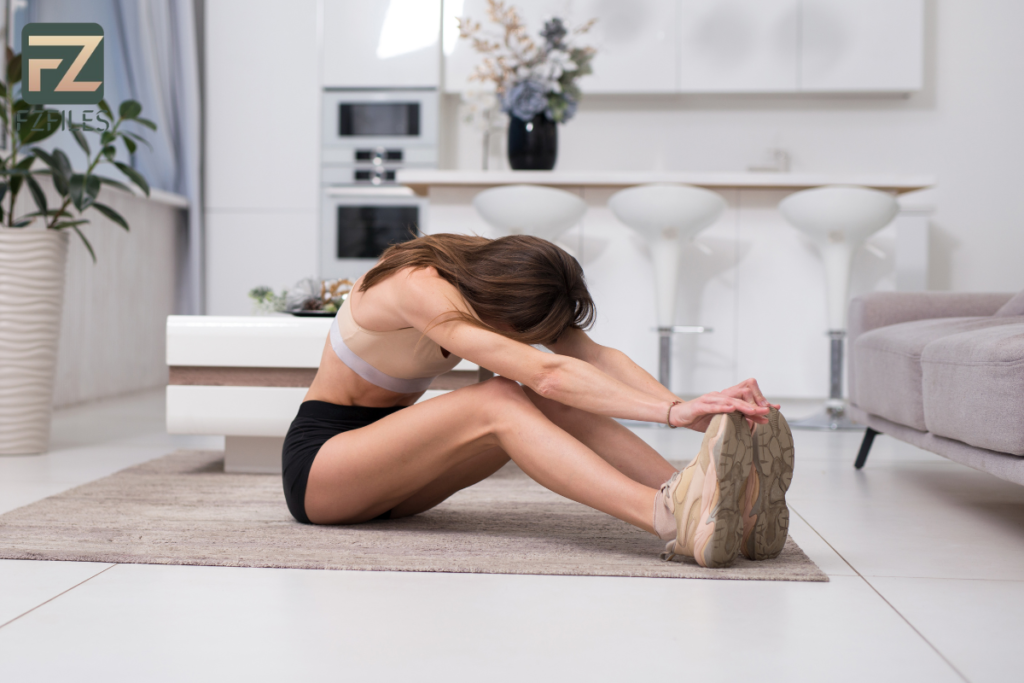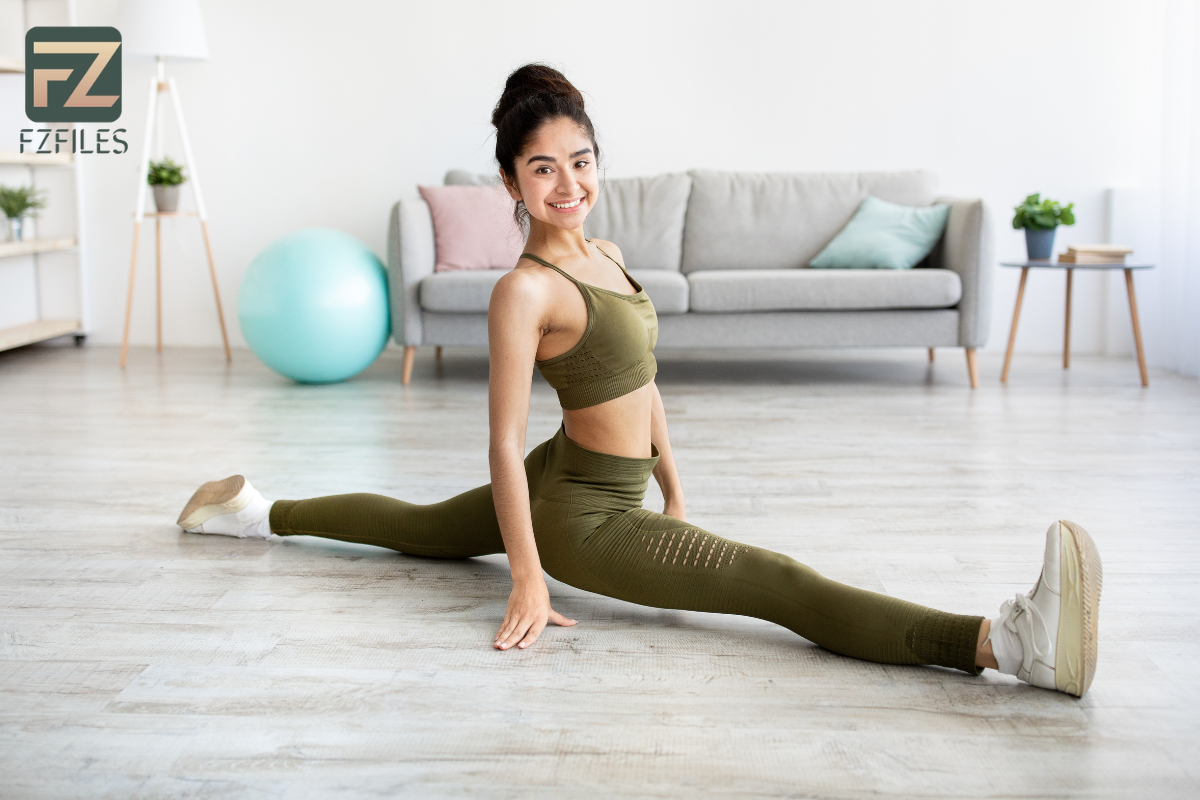Introduction
Flexibility is a cornerstone of overall fitness, contributing to better movement efficiency, reduced injury risk, and improved posture. Incorporating stretching into your fitness routine can enhance flexibility, whether you’re an athlete, a weekend warrior, or simply looking to improve your range of motion. This comprehensive guide delves into the best stretches for improving flexibility, focusing on both dynamic and static stretching exercises for different muscle groups. Drawing from reputable sources such as Men’s Health, Livestrong, and ACE Fitness, we’ll explore the most effective techniques to help you stretch your way to better health.
Understanding Flexibility
The Science of Flexibility
Flexibility refers to the ability of a joint or series of joints to move through an unrestricted, pain-free range of motion. Factors such as age, gender, muscle and joint structure, and physical activity level can influence flexibility.
Benefits of Flexibility
Enhanced flexibility offers numerous benefits, including improved posture, better athletic performance, reduced muscle soreness, and decreased risk of injuries. Stretching exercises also promote relaxation and stress relief, contributing to overall mental well-being.

Dynamic vs. Static Stretching
Dynamic Stretching
Dynamic stretching involves moving parts of your body through a full range of motion, gradually increasing reach, speed, or both. This type of stretching is typically performed before physical activities to prepare the muscles for exercise.
Examples of Dynamic Stretches:
- Leg Swings: Swing one leg forward and backward in a controlled manner. This helps loosen up the hip flexors and hamstrings.
- Arm Circles: Extend your arms out to the sides and make circular motions, gradually increasing the size of the circles. This warms up the shoulders and upper body.
- Walking Lunges: Step forward with one leg and lower your hips, bending both knees. Push through the front heel to return to standing and switch legs. This stretch targets the hips, quads, and glutes.
Static Stretching
Static stretching involves holding a stretch for a prolonged period, usually 15-60 seconds. This type of stretching is best performed after physical activities to improve flexibility and promote muscle relaxation.
Examples of Static Stretches:
- Hamstring Stretch: Sit on the floor with one leg extended and the other bent. Reach for the toes of the extended leg, holding the stretch to feel the pull in the hamstring.
- Quadriceps Stretch: Stand on one leg and pull the other foot towards your buttocks, holding the ankle. This stretch targets the front thigh muscles.
- Shoulder Stretch: Bring one arm across your body and use the other arm to gently pull it closer to your chest. This stretch targets the shoulder and upper back muscles.
Effective Stretching Exercises for Different Muscle Groups
Upper Body Stretches
1. Neck Stretch:
- Sit or stand tall and gently tilt your head towards your shoulder, holding the stretch for 15-30 seconds. Repeat on the other side. This stretch helps release tension in the neck muscles.
2. Triceps Stretch:
- Raise one arm overhead and bend the elbow, reaching down towards your back. Use the opposite hand to gently press the elbow back. Hold for 15-30 seconds and switch arms.
3. Chest Stretch:
- Stand with your feet shoulder-width apart and clasp your hands behind your back. Straighten your arms and lift them slightly while opening your chest. Hold the stretch for 15-30 seconds.
Lower Body Stretches
1. Hip Flexor Stretch:
- Kneel on one knee with the other foot in front, forming a 90-degree angle. Shift your weight forward to feel the stretch in the hip flexor of the back leg. Hold for 15-30 seconds and switch legs.
2. Hamstring Stretch:
- Sit on the ground with one leg extended and the other bent. Reach for the toes of the extended leg, keeping your back straight. Hold the stretch for 15-30 seconds and switch legs.
3. Calf Stretch:
- Stand facing a wall with one foot forward and the other foot back. Press the back heel into the ground while leaning forward slightly. Hold the stretch for 15-30 seconds and switch legs.
Full Body Stretches
1. Downward Dog:
- Start on your hands and knees, then lift your hips towards the ceiling, forming an inverted V shape. Keep your hands and feet pressed into the ground and hold for 15-30 seconds.
2. Cat-Cow Stretch:
- Start on your hands and knees. Inhale and arch your back (Cow), then exhale and round your back (Cat). Repeat for 10-15 breaths to improve spinal flexibility.
Creating a Stretching Routine
Designing Your Routine
To maximize the benefits of stretching, incorporate both dynamic and static stretches into your routine. Aim to stretch at least three times a week, focusing on all major muscle groups.
Sample Stretching Routine
Pre-Workout:
- Dynamic Leg Swings
- Arm Circles
- Walking Lunges
Post-Workout:
- Hamstring Stretch
- Quadriceps Stretch
- Shoulder Stretch
Daily Routine:
- Neck Stretch
- Hip Flexor Stretch
- Downward Dog
Tips for Safe Stretching
Warm-Up Before Stretching
Always warm up before stretching to increase blood flow to the muscles. A brief warm-up, such as light jogging or jumping jacks, can help prevent injuries.
Listen to Your Body
Avoid overstretching by listening to your body. Stretch to the point of mild discomfort, not pain. If you feel sharp pain, stop immediately and reassess your technique.
Conclusion
Flexibility is a crucial component of overall fitness, offering numerous physical and mental health benefits. By incorporating a variety of dynamic and static stretches into your routine, you can enhance your flexibility, improve your range of motion, and reduce the risk of injuries. Use the information and exercises provided in this guide to create a well-rounded stretching routine that meets your fitness goals.
